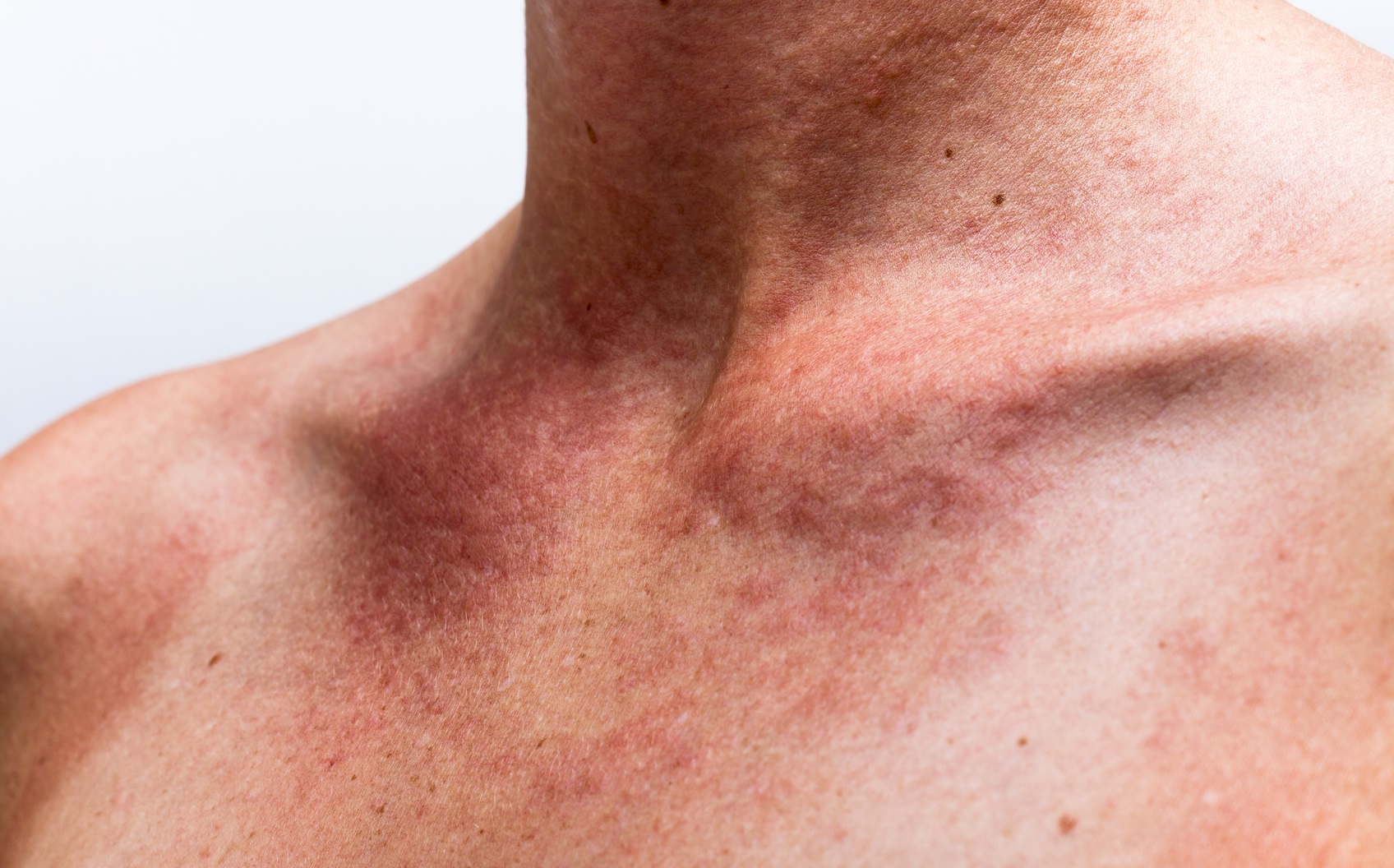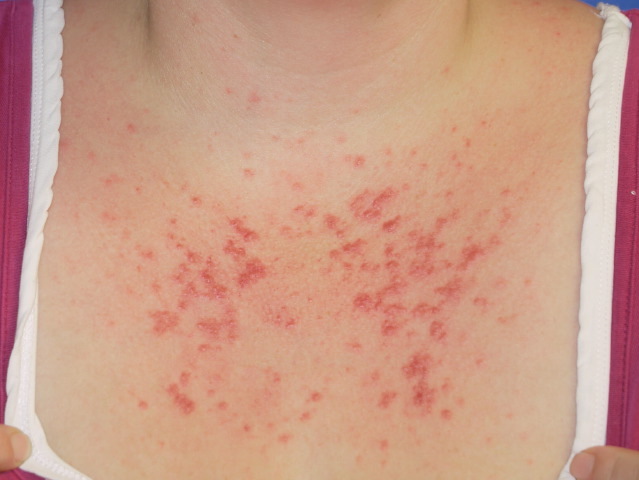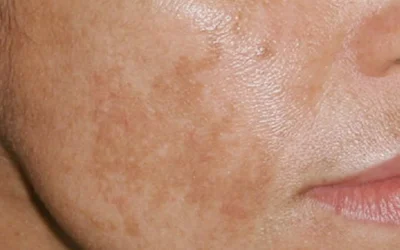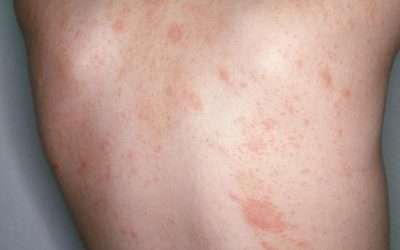Polymorphic light rash (sun allergy)

It usually occurs during the warm season (spring, summer), which means it is seasonal. Itchy, small, pink or skin-coloured papular rashes, less commonly plaques and vesicles, appear on areas of skin exposed to direct sun within a few hours, less often after a couple of days. Skin lesions disappear spontaneously within a few days if you avoid the sun.


The diagnosis is based on medical history (exposure to direct sunlight), clinical symptoms (itchy rash on sun-exposed areas of the body) and seasonality (warm season). In most cases, no further tests are needed.
– Sun protection: clothes that cover the skin, SPF 50 sunscreen
– Prophylactic phototherapy (narrow-wave UVB phototherapy) in early spring or late winter to increase tolerance to the sun’s ultraviolet rays during the warm season. The course is 2-3 treatments per week for 4-6 weeks each year.
Treatment:
– Corticosteroid ointments. They are effective in reducing inflammation and itching. These drugs are given for 5-7 days, 1-2 times a day.
– In advanced disease, oral corticosteroids are prescribed.

1. Oakley AM, Ramsey ML. Polymorphic Light Eruption. [Updated 2022 Jan 21]. In: StatPearls [Internet]. Treasure Island (FL): StatPearls Publishing; 2022 Jan-. Available from: https://www.ncbi.nlm.nih.gov/books/NBK430886/
2. Lembo S, Raimondo A. Polymorphic Light Eruption: What’s New in Pathogenesis and Management. Front Med (Lausanne). 2018 Sep 10;5:252. doi: 10.3389/fmed.2018.00252. PMID: 30250845; PMCID: PMC6139322.
Vitiligo – Why Do White Patches Appear on the Skin and How to Treat Them?
Vitiligo is a non-contagious skin condition characterized by white patches due to the loss of pigment. While it does not pose a direct threat to physical health, it can have a significant psychological impact. Learn what causes vitiligo, its symptoms, how it is diagnosed, and which treatment methods are currently available.
Hyperpigmentation: Causes, Types, and Modern Treatment Options
Hyperpigmentation is a common skin condition characterized by dark spots that appear due to sun exposure, hormonal changes, or skin damage. In this article, you will learn about the main types and causes of hyperpigmentation, as well as how to effectively treat it using modern dermatological methods and preventive care.
Pityriasis rosea
An acute, self-limiting, exanthematic skin disease that manifests as itchy, somewhat inflammatory, scaly rashes, usually on the torso, chest, and upper limbs.
iDerma
MB iDerma
Fabijoniškės g. 99, Vilnius
+370 671 33323
info@iderma.lt



